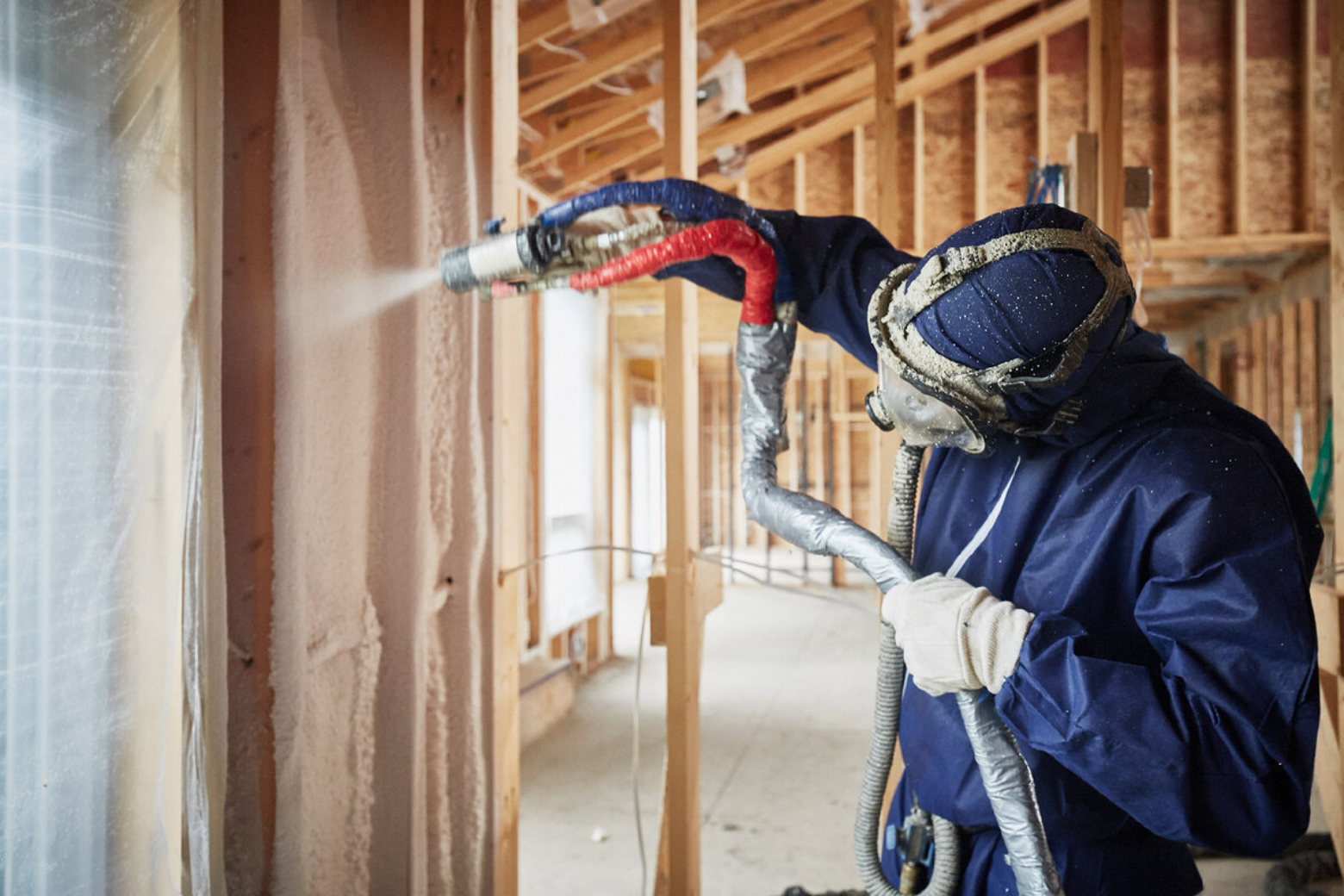
Insulation plays a critical role in maintaining indoor comfort, especially in extreme climates. Whether facing scorching heat or freezing temperatures, choosing the right insulation type can significantly impact energy efficiency and long-term costs. This guide examines the best insulation options for harsh conditions, considering durability, thermal performance, and material efficiency.
In regions with temperature extremes, insulation must do more than just reduce heat transfer. It should also withstand moisture, resist degradation, and maintain its effectiveness over time. Key factors to consider include:
Spray foam offers one of the highest R-values per inch, making it ideal for extreme conditions. It expands upon application, sealing gaps and preventing air leaks.
Rigid foam boards are dense insulation panels that deliver strong thermal resistance.
Fiberglass is a widely used insulation type available in batts or loose-fill forms.
Made from recycled paper treated with fire retardants, cellulose insulation is an eco-friendly option for homes in harsh climates.
This type of insulation reflects heat away from a structure, making it ideal for hot climates.
Quality insulation reduces heating and cooling costs by maintaining stable indoor temperatures. Homes with proper insulation experience:
Selecting the right insulation requires consideration of climate, budget, and long-term benefits. Professional installation ensures proper sealing and longevity. If you’re looking for expert guidance, Nevada Urethane offers high-performance spray foam insulation for extreme climates. Call (775) 397-2820 or email [email protected] for a consultation.
Extreme climates demand high-performance insulation that provides durability, moisture resistance, and energy efficiency. Spray foam, rigid foam board, cellulose, and radiant barriers each offer advantages depending on the environment. Choosing the right insulation type ensures lower energy costs and improved comfort for years to come. If you’re considering insulation solutions, Nevada Urethane can provide expert advice and installation. Contact (775) 397-2820 or email [email protected] for assistance.
Spray foam insulation has one of the highest R-values per inch, making it effective for both hot and cold climates.
Choose moisture-resistant insulation like spray foam or rigid foam board, and ensure proper ventilation in your home.
Fiberglass works well but may require additional sealing to prevent air leakage in very cold or hot regions.
Spray foam insulation can last 50 years or more with proper installation and maintenance.
Radiant barrier insulation is excellent for reflecting heat away from the home, reducing cooling costs.
Some types, like fiberglass batts, are DIY-friendly, but spray foam and cellulose insulation typically require professional installation.
Costs vary based on material and installation requirements. Spray foam is more expensive upfront but provides long-term energy savings.
Dense materials like spray foam and cellulose provide good soundproofing along with thermal insulation.
Proper insulation reduces heat transfer, lowering HVAC energy consumption and improving overall efficiency.
Cellulose insulation is made from recycled materials and is considered one of the most sustainable choices.